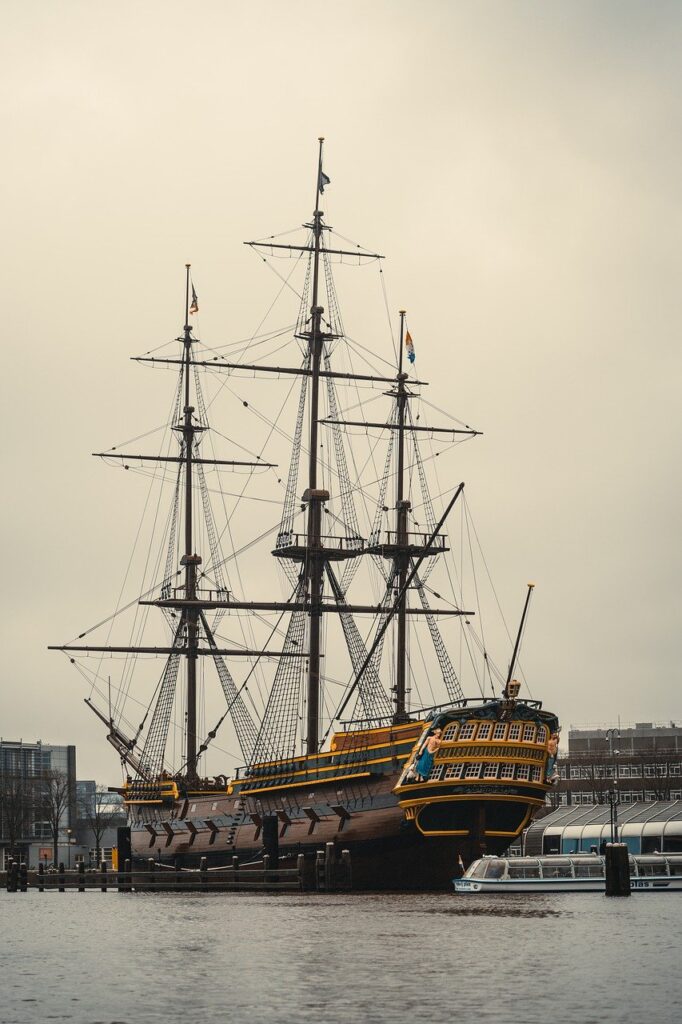Utilizing a chiller to provide cooling has multiple benefits. A chiller provides constant temperature and pressure to your industrial process. Removing r134a and pressure variables simplifies the process development and optimization, guaranteeing the highest quality item. Instead of a wasteful, single-pass-through system, a chiller recirculates the cooling water. The recirculation minimizes the expense of water usage which can be costly and environmentally hostile.
No commercial process, device, or motor is 100% effective, with heat being the most typical byproduct of those ineffectiveness. If this heat is not eliminated, it will collect over time causing lowered production times, devices shutdowns, and even early devices failure. It is required to include cooling into industrial process system style to avoid these issues.
The refrigerant then streams to a compressor, which performs numerous functions. First, it removes refrigerant from the evaporator and guarantees that the pressure in the evaporator remains low enough to absorb heat at the appropriate rate. Second, it raises the pressure in outgoing refrigerant vapor to guarantee that its temperature stays high enough to launch heat when it reaches the condenser. The refrigerant returns to a liquid state at the condenser. The latent heat given up as the refrigerant changes from vapor to liquid is carried away from the environment by a cooling medium (air or water).
Air-cooled chillers depend on a condenser cooled by the environment air. Thus, air-cooled chillers may discover typical application in smaller sized or medium setups where area constraints might exist. An air-cooled chiller can represent the most practical choice in situations where water represents a limited resource.
A chiller utilizes a vapor compression mechanical refrigeration system that links to the process water system through a gadget called an evaporator. Refrigerant distributes through an evaporator, compressor, condenser and expansion gadget of a chiller. A thermodynamic process occurs in each of above elements of a chiller. The evaporator operates as a heat exchanger such that heat recorded by the process coolant flow transfers to the refrigerant. As the heat-transfer happens, the refrigerant evaporates, altering from a low-pressure liquid into vapor, while the temperature of the process coolant decreases.
The function of an industrial chiller is to move heat from one location (normally process devices or item) to another place (generally the air outside the manufacturing facility). It is very common to use water or a water/glycol option to transfer the heat to and from the chiller, which might require the process chiller to have a reservoir and pumping system. No matter your market and process, making sure that you have sufficient cooling is important to efficiency and cost savings.
Water-cooled chillers typically live inside in an environment secured from the aspects. Hence, water-cooled chiller can offer a longer lifespan. Water-cooled chillers normally represent the only option for bigger setups. The extra cooling tower system will need additional setup expense and upkeep as compared to air-cooled chillers.
A chiller works on the principle of vapor compression or vapor absorption. Chillers supply a continuous flow of coolant to the cold side of a process water supply at a preferred temperature of about 50 ° F(10 ° C). The coolant is then pumped through the process, extracting heat out of one location of a facility machinery, process devices as it recedes to the return side of the process water supply.
A typical water-cooled chiller uses recirculating condenser water from a cooling tower to condense the refrigerant. A water-cooled chiller includes a refrigerant depending on the entering condenser water temperature (and flow rate), which works in relation to the ambient wet-bulb temperature. Because the wet-bulb temperature is constantly lower than the dry-bulb temperature, the refrigerant condensing temperature (and pressure) in a water-cooled chiller can typically operate significantly lower than an air-cooled chiller. Thus, water-cooled chillers can operate more effectively.
Water-cooled chillers feature a water-cooled condenser connected with a cooling tower. They have actually commonly been utilized for medium and big installations that have an enough supply of water. Water-cooled chillers can produce more consistent performance for business and commercial a/c because of the relative self-reliance to changes of the ambient temperature. Water-cooled chillers range in size from little 20-ton capability models to several thousand-ton models that cool the world’s biggest facilities such as airports, shopping malls and other facilities.
Industrial water chillers are used in a range of applications where chilled water or liquid are circulated through process equipment. Typically utilized to cool products and equipment, water chillers are used in a multitude of different applications consisting of injection molding, tool and pass away cutting, food and beverage, chemicals, lasers, maker tool, semi-conductors and more.
Subscribe to Updates
Get the latest creative news from FooBar about art, design and business.
